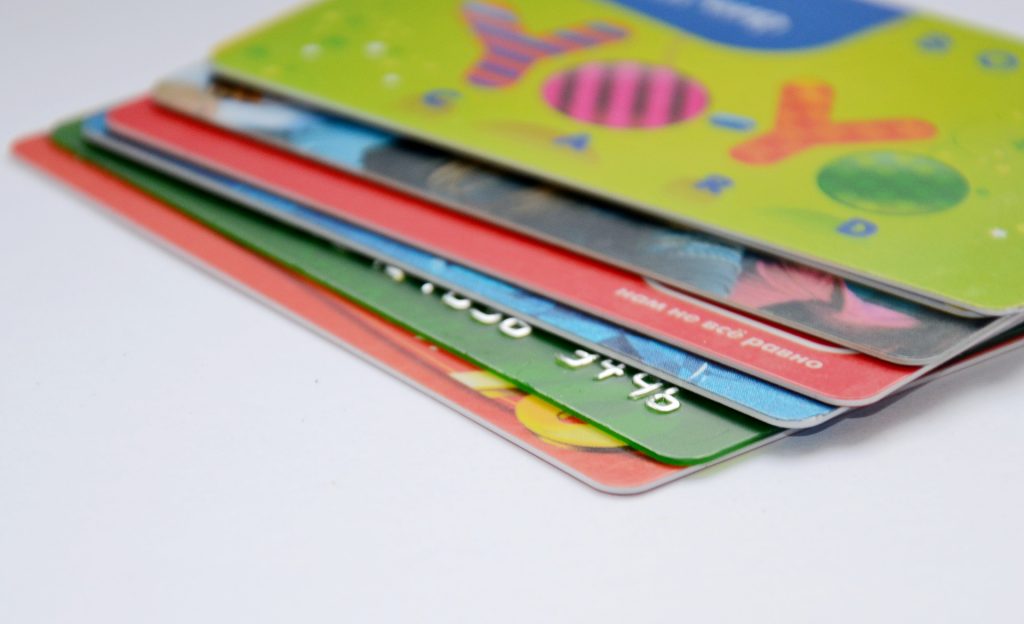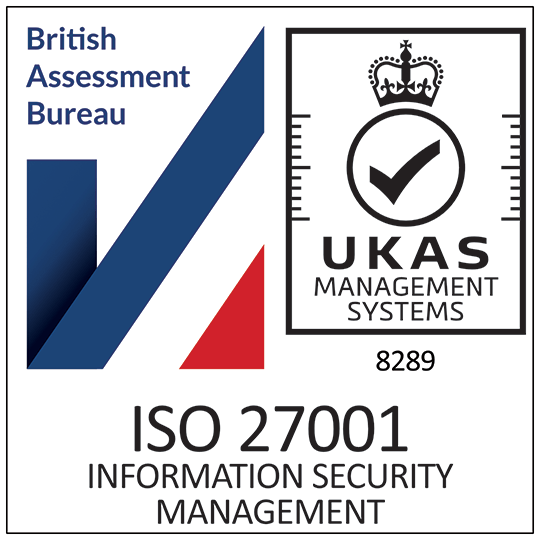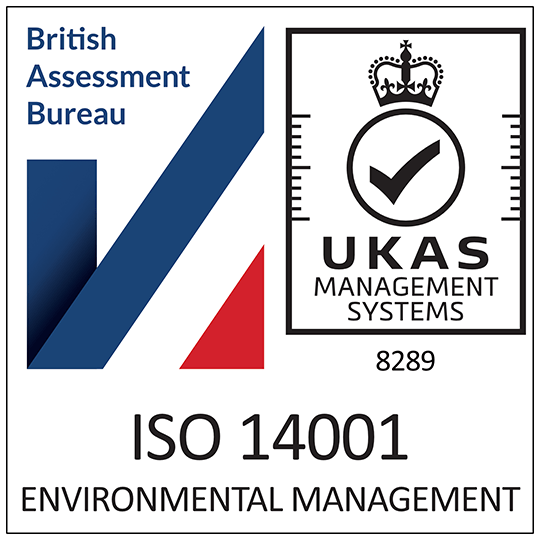Magnetic Stripe and The Plastic Card – A Revolutionary Combination
Magnetic stripes have become an essential part of plastic card printing. Here we take a look at just how the magnetic stripe came about.
Several decades ago, back in 1960, an IBM engineer by the name of Forest Parry set upon the task of combining a magnetic strip which at the time was a popular storage means and a plastic card. After many attempts using different glues and adhesives, Forest finally figured out that by applying a moderate heat over the magnetic strip on the plastic card, would bond the two materials together without damaging the data on the strip which the other adhesive methods had done.
Even so, there still were steps and obstacles to take this technology to the mass market. To be able to take magnetic striped plastic cards to market, the following issues had to be addressed.
- Firstly the basic fundamentals had to be laid down so that all storage devices worked off the same universal platform, which meant the defining codes and what format the information was to be placed on the magnetic strip all had to be developed. These were in fact the creation of the international standards for magnetic storage cards.
- Intensive testing had to be undertaken for these storage cards as they were going to be introduced to the mass market. This meant that durability and condition tests were needed to make sure that they were fit for day to day usage.
- If these cards were to be introduced they would need to be mass produced. This meant that the manufacturing steps and processes had to be all developed to handle mass production.
- The terminals that were needed to accept the information from the card would need to be developed.
All these steps were worked on and solved throughout the mid 1960s to the mid 1970s and were overseen by IBM engineer Jerome Svigals. This project was defining the future in the way we use this type of technology on a daily basis and it has paved the way for use in credit cards, plastic ID cards, key cards and basically all types of plastic cards.
All types of point of sale hardware can read the information off a magnetic striped plastic card. On a magnetic strip there are 3 tracks that all store different parts of information. Generally speaking track 3 is obsolete and used only in rare instances, where as track 1 and track 2 on a magnetic strip are used in most cases including all types of credit and debit cards.
The following types of cards all use the above magnetic striped system:
- ATM and Cash Cards
- Access Control Cards
- General Bank Cards
- Credit Cards
- Debit Cards
- Plastic Gift Cards
- Plastic Loyalty Cards
- American Driving Licenses
- Phone Cards
- Plastic Membership Cards
As you can see nearly all types of plastic cards that we use on a daily basis are used with this technology. Nearly every wallet in all westernised societies will have one of the above plastic cards, with access to all types of personal and financial information.





